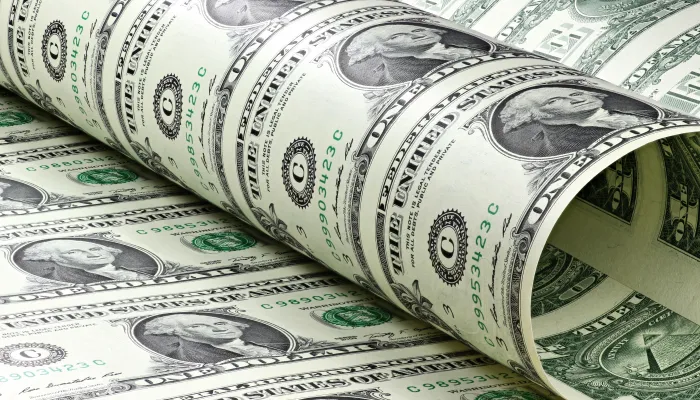Tackling the Fiscal Cliff Myths
Over the past few weeks we've heard some misleading things about the fiscal cliff and the possible bipartisan plans that could replace the cliff. CRFB President Maya MacGuineas referenced many of these myths in her recent Washington Post piece, but a few of these, and additional misconceptions, are worth addressing in detail. Next week we will dive more in depth into each of the three misconceptions listed below. For now, here is a quick preview.
Claim 1: Those Who Advocate for Debt Reduction Should Love the Cliff
Both Paul Krugman at the New York Times and Matt Yglesias at Slate have made the claim that those who advocate for debt reduction should love the cliff. After all, it does significantly reduce the debt, sending it below 60 percent of GDP by 2022.
We've challenged this myth in the past, the sudden and blunt nature of deficit reduction in the fiscal cliff would have a devastating impact on the economy. It also ignores tax and entitlement reform that could minimize harm and address the future drivers of debt. For these reasons, the fiscal cliff is the second worst option, only behind kicking the can further down the road and not addressing our rising debt.
Claim 2: The Fiscal Cliff Spares the Poor
Yglesias also claims that going over the fiscal cliff would not hurt lower-income earners very much - rather it is only the high earners that take the hit. This myth may stem from the initial design of the sequester, which exempted many mandatory programs that provide benefits for lower-income households, including Medicaid and food stamps. However, the sequester hits discretionary spending very hard, a significant amount of which goes to programs designed to help low income people, such as low-income rental housing assistance, heating assistance, and Title 1 education funding to name a few.
On the tax side, while the expiration of the upper-income tax brackets has received much of the attention, it's also important to remember that the 10 percent bracket, payroll tax holiday, and expansions of the EITC and the CTC will all expire. In total, taxes will rise on the lowest income quintile by 3.7 percent, with an average tax increase of $412.
Finally, extended unemployment benefits would go away as part of the cliff - a big hit to lower income households given how high unemployment is today. The resulting recession from the cliff would hurt lower income people more than the greater population, further compounded by the expiration of extended unemployment benefits. Clearly the fiscal cliff has serious implications for the most vulnerable in society.
Claim 3: Other Plans to Avoid the Cliff are Much Worse
While neither CRFB or the Campaign to Fix the Debt advocate for any particular plan, some critics argue that plans adhering to its principles would be much worse than the fiscal cliff. But if bipartisan plans like Simpson-Bowles and Domenici-Rivlin are any indication, there are models out there that would be much more targeted and better for the economy than going over the fiscal cliff.
These plans proceed in a smarter way with deficit reduction, backloading much of the fiscal consolidation until the economy has had time to recover. They also take special effort to protect the most vulnerable in tax and entitlement reform. Even with lower tax rates under both Simpson-Bowles and Dominici-Rivlin, the rich pay much more in taxes through the elimination of deductions -- in fact, the tax systems under those plans would be far more progressive than only allowing the top two rates in 2001/2003/2010 tax cuts to expire. Overall, these proposals would be better in reducing the debt, encouraging growth, and protecting the most vulnerable than going over the fiscal cliff.
Next week, CRFB will be providing more analysis on each of these points. Stay tuned!


